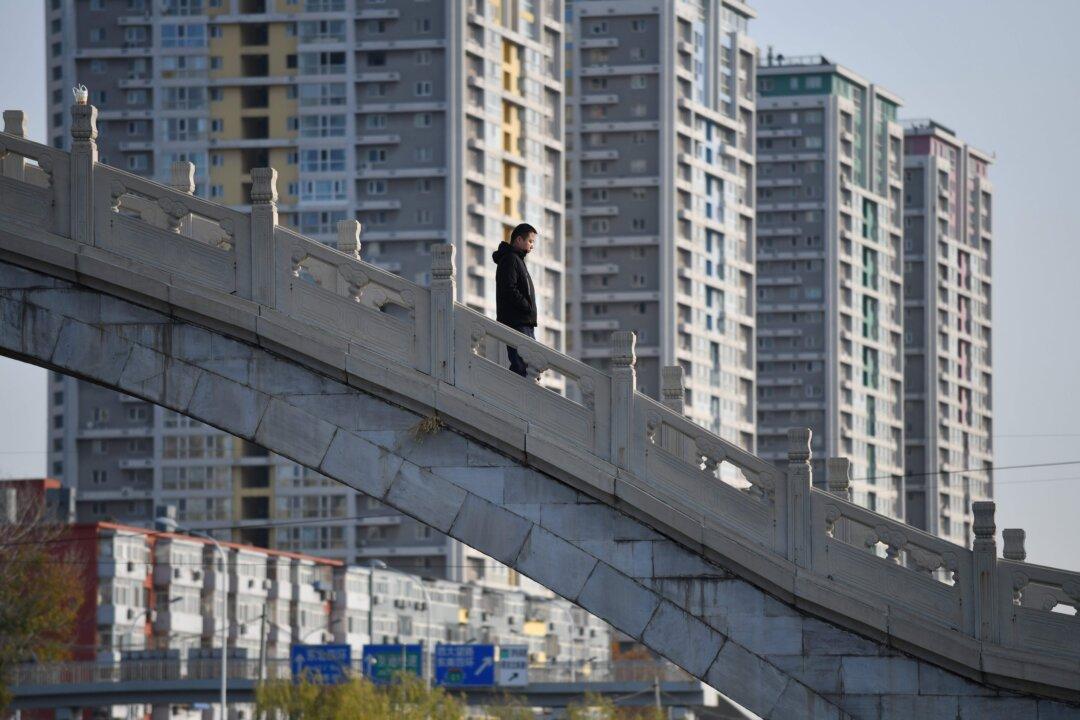Some Chinese researchers have recently sounded the alarm on China’s declining birth rate, aging population, and severe gender imbalance, as the skewed demographics are set to exacerbate social problems.
The irregularities are an after-effect of the Chinese regime’s one-child policy. Introduced in 1979, the restriction was implemented as part of population control measures as Beijing became worried about the rapidly growing population putting a strain on the country’s resources.





